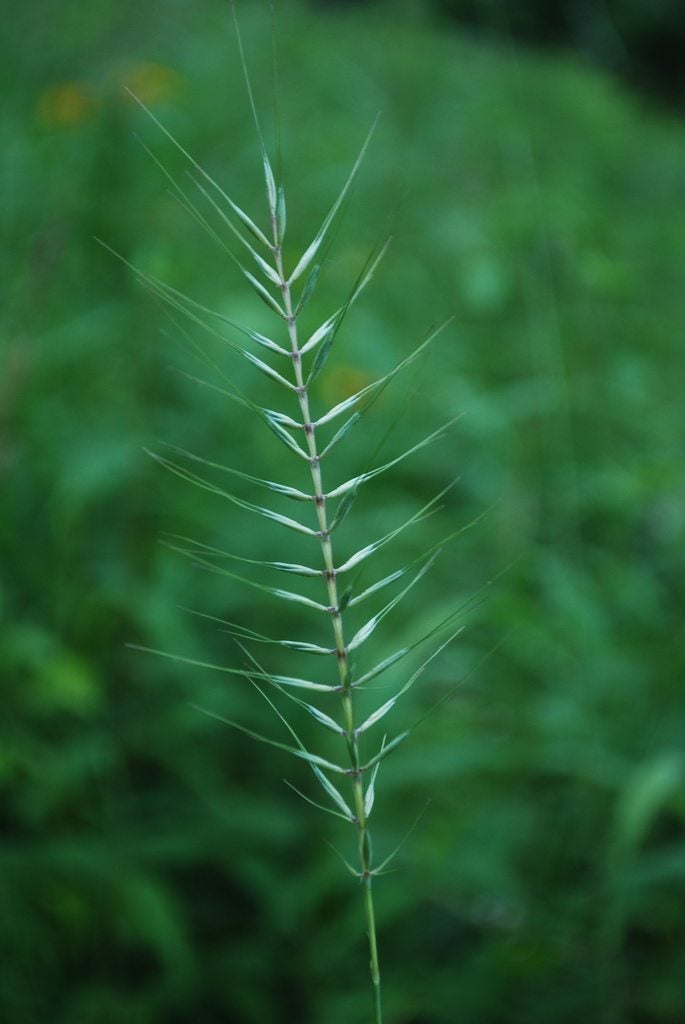What Is Bottlebrush Grass – How To Grow Bottlebrush Grass Plants


Ornamental grasses are popular in gardening and landscaping because they are easy to grow and provide a unique look you can’t achieve with flowers and annuals. Growing bottlebrush grass is a great choice for a perennial grass with a very distinctive look.
What is Bottlebrush Grass?
Bottlebrush grass (Elymus hystrix) is a perennial grass that is native to most of the eastern U.S. and Canada. The species name, hystrix, comes from the Greek word for hedgehog and describes the bristly seed head. The seed head also resembles a bottle brush, hence the common name for this grass.
The grass is green but turns brown as it matures, typically beginning in late summer. It grows to a height of between 2 and 5 feet (61 cm. to 1.5 m.). The seed heads grow well above the leaves of grass, which are only about one foot (31 cm.) long. Bottlebrush grass in gardens and in native settings tends to grow in attractive clumps. It works well as a backdrop in beds with shorter plants in front of it, or along walkways and edges as a tall, grassy hedge.
How to Grow Bottlebrush Grass
Care for bottlebrush grass is simple and pretty hands-off, which makes this a popular choice for adding an interesting element to beds or along walkways. This grass grows naturally in wooded areas and meadows, so if you have the right environment for bottlebrush grass, all you need to do is plant it and leave it alone.
Bottlebrush grass prefers sun or partial shade and moisture levels that are moderate to dry. Soil for this grass is ideally sandy and loamy, but it should do well in most soil conditions. You can grow bottlebrush grass in containers as well, as long as there is good drainage.
Sign up for the Gardening Know How newsletter today and receive a free copy of our e-book "How to Grow Delicious Tomatoes".

Mary Ellen Ellis has been gardening for over 20 years. With degrees in Chemistry and Biology, Mary Ellen's specialties are flowers, native plants, and herbs.